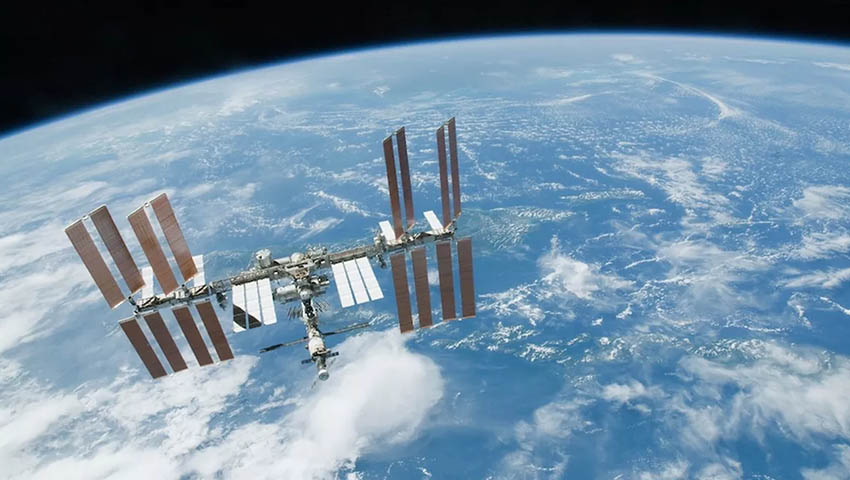
The European Space Agency said the Nano Antioxidants experiment looked for novel ways to stimulate cells in the battle against muscle loss, heart failure, diabetes or Parkinson’s disease.
Going down to the genetic level, scientists hoped to find a tailored solution that would stop the detrimental effects of long stays in Earth orbit and in deep space, it said.
“The antioxidant properties of these nanoparticles could also benefit the elderly and people with muscle atrophy disorders on Earth. They may even improve skin treatments for glowing, youthful complexions,” it said.
This experiment took off from Cape Canaveral in the US aboard the SpaceX Dragon spacecraft, bound for the ISS.
The ceramic particles, called nanoceria, mimic the biological behaviour of enzymes from living organisms. Nanoceria absorbed by cells could act as an antioxidant agent without the need for repeated administration, either by pills or injections.
The effects could last longer than those produced by any conventional supplement.
“These nanomaterials chemically designed in our lab are very promising for their antioxidant activity. The particles can protect organisms from the damage caused by oxidative stress,” said lead scientist Gianni Ciofani from the Italian Institute of Technology.
“Nanotechnology has been explored in medicine on Earth, but its application in space is still in its infancy.”
In a previous experiment flown to the ISS in 2017, the particles remained stable and provided protection to the muscle cells. Other research has tested nanoparticles to extend the life span of flies or human neurons in vitro.
This time, the nanoceria will spend six days inside a mini lab in the ISS, doubling the length of their exposure to micro-gravity and cosmic radiation.
“The particles could regenerate themselves for days in a row,” adds Ciofani.
This time nanoceria will spend six days inside a the Kubik incubator in the ESA Columbus module in the ISS, doubling their exposure to micro-gravity and cosmic radiation.
That includes a compact centrifuge to simulates gravity. Half of the samples will be kept at close to zero gravity, while the rest are exposed to the same gravity as Earth. They will then be stored at -80 degrees and then returned to Earth.
Researchers will compare the in-space results with a culture running in parallel on Earth to understand whether the results they observe might be related to weightlessness or another environmental factor, such as space radiation.
ESA said there was a huge demand for antioxidants in space.
“Space provides an opportunity to both reproduce the effects of ageing and study the huge oxidative impact on the human body,” it said.
Receive the latest developments and updates on Australia’s space industry direct to your inbox. Subscribe today to Space Connect here.









